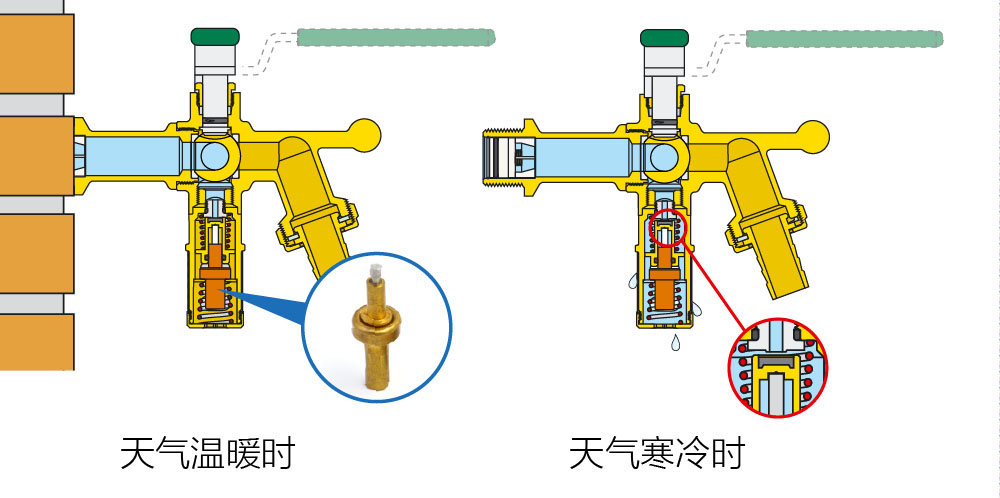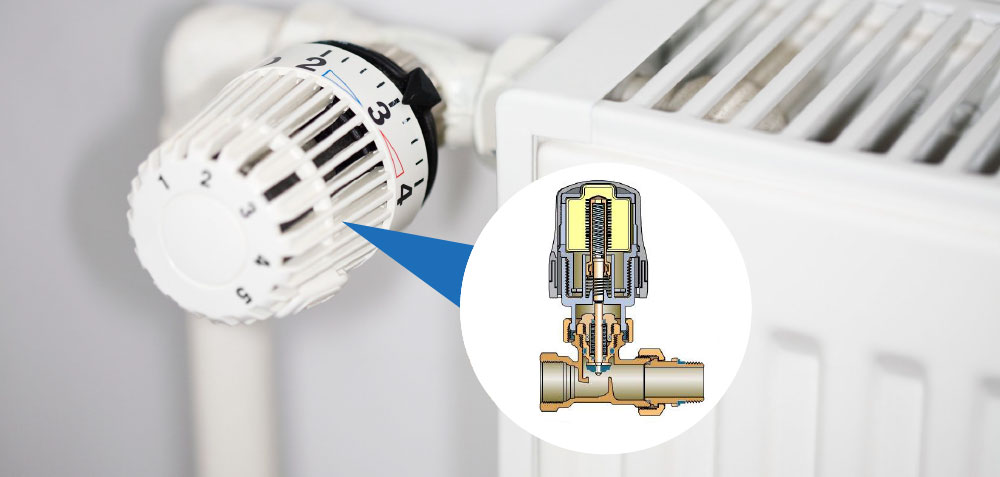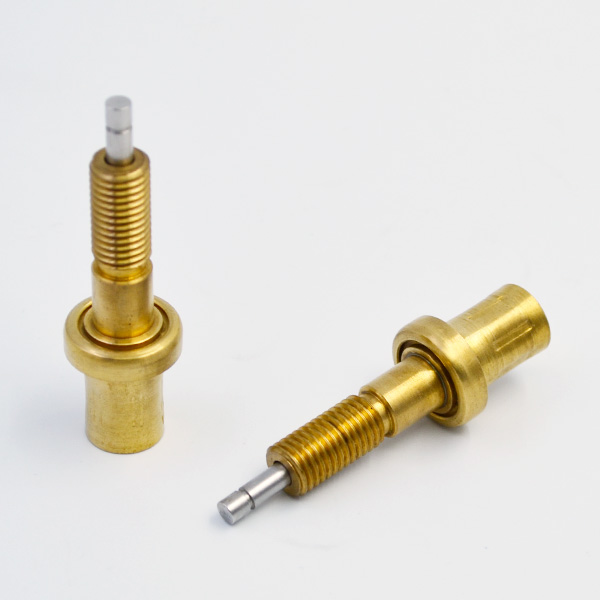CKY40 Programmable Logic Controller (PLC), as an important part of air conditioning unit of railway passenger car, intellectualizes the control of air conditioning device of railway passenger car. In the process of practical operation of railway passenger car, PLC failures occur from time to time, which affects the performance of air conditioning device of railway passenger car. Based on this, on the basis of summarizing the fault classification of railway passenger car PLC controller, this paper discusses the fault classification and fault diagnosis of PLC controller, which provides guarantee for the stable operation of railway passenger car air conditioning device. As an important part of modern passenger transport, air-conditioning train performance has become the focus of passenger travel. The stable operation of railway passenger car air conditioning equipment depends on reliable electrical control. However, due to the complexity of the traditional electrical control circuit and the numerous circuit elements involved, the failure rate of the air conditioning device is virtually increased, and the maintenance difficulty of the air conditioning device is increased. The introduction of PLC controller not only realizes the intelligent control of air-conditioning device, but also has a relatively compact structure and improved stability, which greatly reduces the difficulty of maintenance of air-conditioning device for railway passenger cars. In the actual operation of railway passenger cars, PLC failures occur from time to time.
For example, 5037 and 5017 trains fail in succession during two years of operation, which affects the stable operation of air conditioning devices on railway passenger cars. Based on this, this paper discusses the fault classification and fault diagnosis of PLC controllers on the basis of summarizing the fault classification of PLC controllers on railway passenger cars.

It provides guarantee for the stable operation of air conditioning device of railway passenger cars. The external faults of PLC include sensor, switch and execution program, which are mainly related to the structure and function of the equipment itself. In the actual operation of railway passenger cars, 95% of the external faults of PLC are caused by the faults of the equipment, which greatly affects the work and control function of the whole system of the PLC controller. Systematic faults can be divided into fixed fractures and accidental faults, in which accidental fractures can generally be restored after restarting the system. Fixed faults, on the basis of inspection, need to replace some system software or hardware to restore system functions. Most of these failures are caused by the long running time of the system. Such faults account for about 5% of PLC faults.
Once such faults occur, it is necessary to accurately locate the damaged parts according to detailed inspection, the possible causes of the damage and the time when the damage occurs. The PLC controller usually consists of three modules: main controller, expansion module and analog module. Each module is usually composed of 30 pin plug-ins. At the beginning of the PLC controller, the working process is abnormally interrupted, resulting in the outage of the air conditioning device, control failure and failure to start. Some studies have found that the abnormal connection between the three modules causes abnormal interruption of the work of the PLC controller when the plug-in contacts are not good. However, due to the excessive connection of the plug-in, the specific location of the fault is accurately located. Based on this, some studies have pointed out that by integrating the three modules, to enhance the safety of PLC work and reduce the incidence of failure in the process of PLC controller work.

However, it should be noted that due to the independence of the three modules, the integration process needs to be careful to prevent line deformation in the integration process. Railway passenger car PLC controller needs to run again after long time placement. Although the PLC running light shows normal, the PLC controller will crash. Through the analysis of the whole work flow of the PLC controller, it is found that the PLC is composed of input, processing and output parts according to the internal program.
In the internal processing stage, CPU hardware module hardware detection, communication service stage and programmer inspection are mainly carried out. The PLC controller in standby stage only carries on the internal processing and the communication service stage detection. The PLC in running state should carry on the execution and output inspection according to the procedure flow. PLC crash is mainly due to the standby state caused by CPU not receiving program commands, which may be related to user programs. Some studies have re-entered the PLC through programming software programs, and the standby state is released.

Through further analysis, it can be seen that PLC program battery is not used for a long time, battery charging is blocked, self-discharge occurs, coupled with high temperature environment, making the PLC voltage insufficient, resulting in abnormal user procedures, and then crash. In the actual operation process of railway passenger cars, the indicator lights of each position often appear normal, while the PLC controller shows that the position of the car is in a constant temperature state, which makes the automatic refrigeration equipment unable to control and stop.

Usually, it is necessary to check the resistance temperature control module first and replace the temperature control module technically. But in fact, by replacing the constant temperature module, it is found that the display temperature of the PLC controller is still unchanged, indicating the existence of other fault points. The temperature of the PLC controller is mainly input and processed by the analog module. Therefore, we need to understand the working principle of the analog working module in detail. Firstly, the analog module is transformed into the digital signal of the PLC controller through the external inductor through a slow process. Because of its internal conversion and preprocessing module, different analog signals can be timely converted into digital parameters to drive output and access. In the process of analog signal conversion, it involves multi-channel converter, multiple driving units, A/D conversion circuit and so on. Through multi-channel conversion, it can receive multiple signals at the same time, so as to judge the virtual or real of analog signal and prevent the false signal from being received. A/D converter digitizes analog signals. Temperature signal shows that the signal recognition works normally. By replacing the temperature control module, the signal is still in constant temperature. This shows that A/D converter has mishandled the signal. Some studies have detected the internal CPU, and found that when the PLC runs to 76 steps, there is a shutdown, indicating that the air conditioning device has reached the upper refrigeration limit and stopped working.
By replacing the A/D converter, the fault is completely solved. Air-conditioning train is an important form of modern passenger transport. As an important index of railway transport service, air-conditioning devices are paid more and more attention to the operation status of air-conditioning devices on railway passenger cars. The introduction of PLC controller increases the stability of air-conditioning devices on railway trains and realizes automatic control. In addition, the introduction of PLC controller reduces the operation of air-conditioning devices on Railway trains.
The structure volume of air conditioning device is reduced, thermostatic element and the difficulty of maintenance and repair of air conditioning device of railway passenger car is greatly reduced. In the actual operation of railway passenger cars, PLC fault line occurs, which restricts the further development of PLC controller.

Based on this, on the basis of summarizing the fault classification of railway passenger car PLC controller, this paper discusses the fault classification and fault diagnosis of PLC controller, which provides guarantee for the stable operation of railway passenger car air conditioning device.
